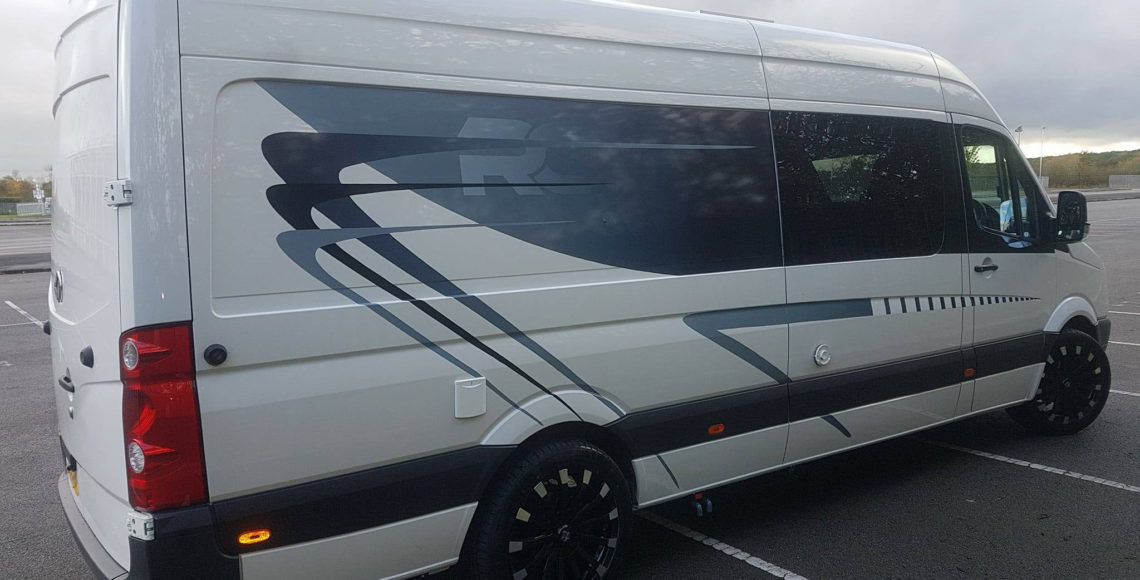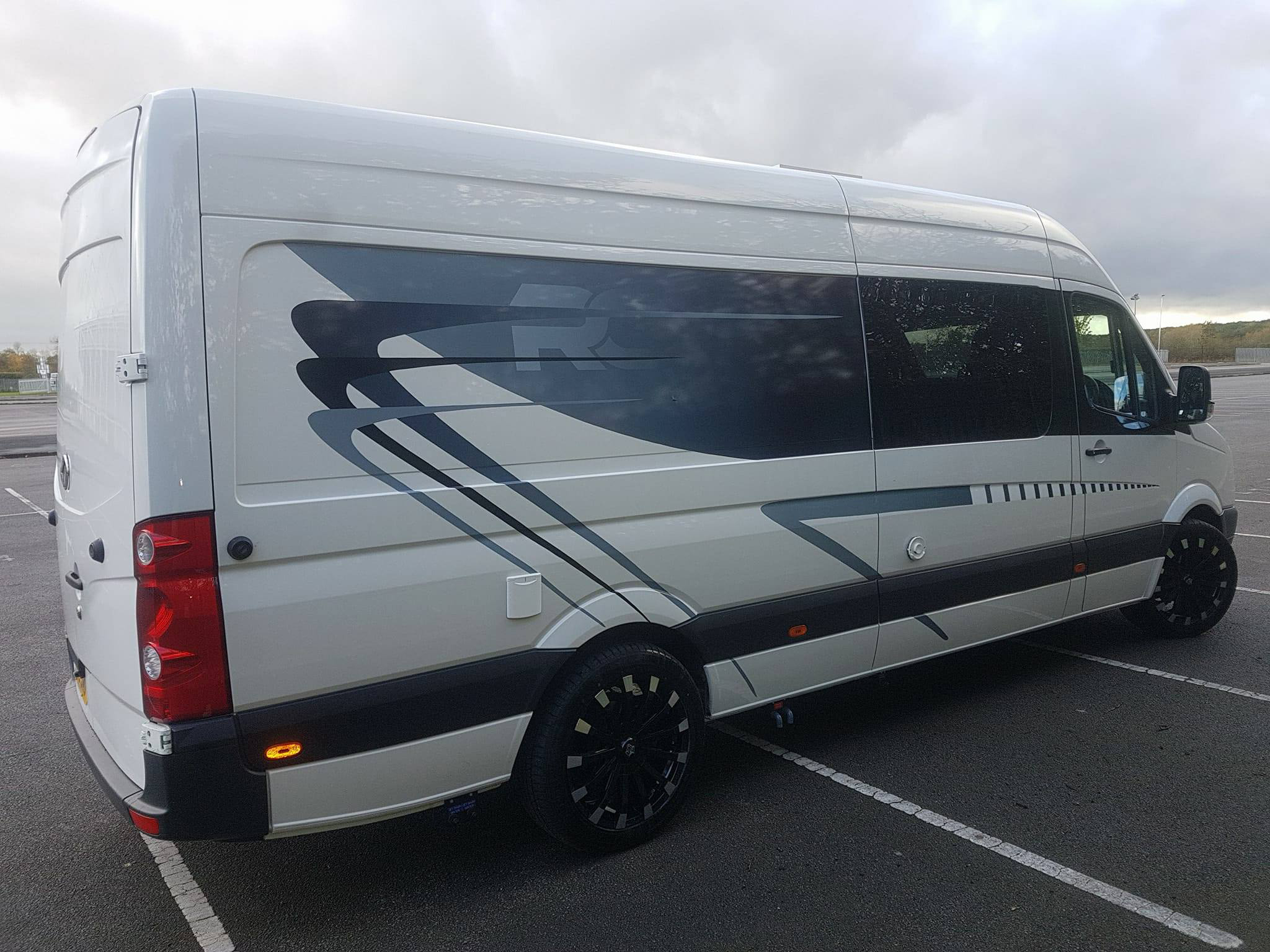Basic and handy tips for converting a van into a home
With the rise of living off the grid and adopting a minimal lifestyle becoming more popular, many people are considering the camper life as the way forward. It’s not difficult to understand the desire of this reality, as living in your own bespoke van conversion can be far more affordable than owning a house. Not only this, but living in a moving home brings so much freedom, allowing you to experience life on your own terms. This is why #vanlife is such a prominent movement now, as it’s ultimately all about rebelling against typical ways of life.
If one of your future plans is to create your own motorhome conversion, this blog will certainly help you on your journey. Here we’ll cover the basics to help you get started on your campervan conversion, from your chosen model, basic design, materials you’ll need and the components that make it tick. So, without further ado, let’s get stuck in!
Choosing the right van
It can be difficult to narrow down which van model to begin your custom project on, as there’s so many vehicles to choose from. However, there are some factors that can aid in this search. Firstly, ask yourself some questions. For example, what’s your budget? Will you be converting it yourself (here you’ll need to consider your mechanical knowhow)? And how much space do you want? Having these questions in mind will certainly bring you down to a few options that may be for sale in your area or online.
Some of the most common types of van conversions you’ll come across are done with a Sprinter van, an old VW, Ford Econolines, as well as many other kinds. These are all great for a range of reasons. Some are more roomy, provide more power and are easier to customise than others. If you’re really struggling on making a final decision, you can always test drive vans, along with renting one and seeing how it fits in with your needs.
Designing and planning your camper’s layout
This is the stage when the real fun begins: designing your future campervan. How exciting! To build the ultimate of bespoke van conversions, again, there are some questions to keep in mind to make it work. You will need to ask yourself:
- Do you want to be able to cook and wash inside your camper?
- Do you need lots of storage space?
- Is there any equipment such as bicycles you need to carry?
- How much natural lighting and therefore number of windows do you want?
- And how tall are you?
Keeping the above questions in mind, it’s important to account for weight distribution in every motorhome conversion. Simply put, anything that’s heavy in weight will need balancing out around the layout of the van, to avoid overloading on one side. Making your camper van multi-functional with its layout can aid in evening out weight. Custom-built storage spaces, which can house the gas for camping as well as other equipment, is something you should consider when it comes to kitting out your campervan. This is a good use of multi-functional areas within your vehicle.
With the most common types of layouts, you’ll find the bed at the rear of the van with sliding storage underneath, and seating beside it. When it comes to the kitchen area, there are thankfully many shortcuts to help when installing this in your bespoke van conversion. Look out for ready-made kitchen units for campervans, as some are likely suitable for your space. If you find none are suitable in size and functionality, there are custom made options.
Whichever design and layout you opt for, make sure you test them out in your van conversion before beginning the building process.
Building your campervan
When it comes to this stage, there are a fair amount of components to ensure the build is smooth. However, following your design layout can prevent things from going wrong.
With this, the basic steps for converting a campervan include:
- Cutting out areas for the windows.
- Installing the electrical system, including solar panels, batteries, wires and controllers.
- Fitting the lights which pair with your van’s electrical system.
- Insulating your vehicle.
- Installing your ventilation.
- Fitting your fridge and cooking appliances.
- Choosing which water system you want to fit, such as a manual pump system.
- Fitting your flooring.
- Assembling your ceiling and walls.
- Finishing off with any extras that make your campervan truly yours.
The tools you’ll need
Depending on your budget, if you already have the tools at hand and the skillset to use them, some equipment you need includes:
- A jigsaw
- A drill
- A sander
- A caulk gun
- A general toolset
And that’s the basics covered! We hope this gave you some valuable insight into what it takes to take on your own campervan conversion project.
If you need anymore advice, or you need us to aid you in your #vanlife project, please contact us today!



